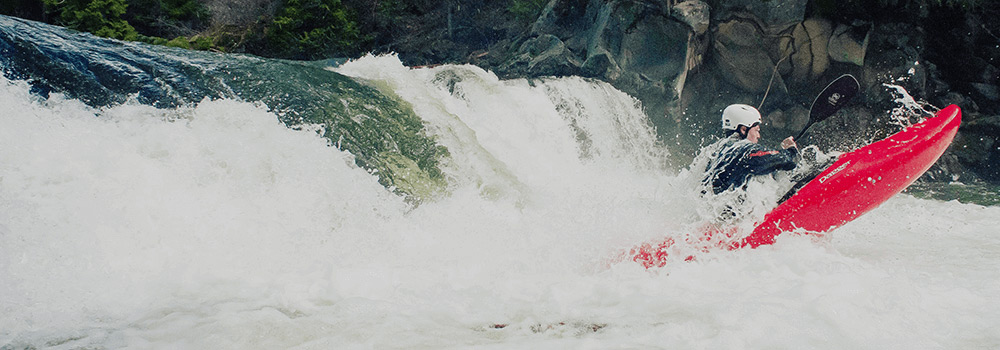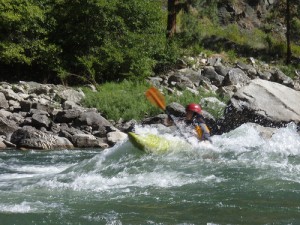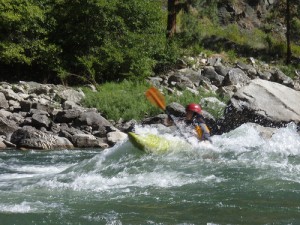Setting the correct angle can mean the difference between a ferry that feels hard and sloppy and a ferry that feels easy and precise. It can also mean the difference between struggling to be on-line and hitting your line effortlessly.
I've witnessed kayakers paddle fast and furiously only to end up tired and struggling. In their attempt to paddle as hard as they can they forgot about other important whitewater technique such as boat angle. Paddling hard only helps you if you have the correct angle to get you where you want to go.
I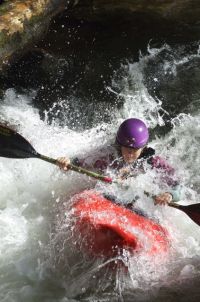 t's true that paddling as fast or faster than the current will help to keep you upright, but as you progress from a beginner to an intermediate paddler you need to be more selective about when and how you take every stroke. If you have correct boat angle when ferrying and entering rapids then you are setting yourself up for success and you don't need as many strokes to carry your speed.
t's true that paddling as fast or faster than the current will help to keep you upright, but as you progress from a beginner to an intermediate paddler you need to be more selective about when and how you take every stroke. If you have correct boat angle when ferrying and entering rapids then you are setting yourself up for success and you don't need as many strokes to carry your speed.
When you're entering a low-volume, technical rapid your angle is important because you don't have a lot of room to make big maneuvers and if you start paddling too hard without paying attention to where you're going you can quickly end up in the wrong place. Look at the water in front of you and decide whether the move requires moving with lateral momentum or straight ahead and then set your angle accordingly BEFORE you enter the rapid.
In big water you need to set your angle early so that you're ready to carry your speed when it's time to make a move. It takes a lot of time to change your angle and then pick up your speed in a big rapid. If you've anticipated and already have your angle to the left or right of an obstacle then you're ready to move when the time is right.
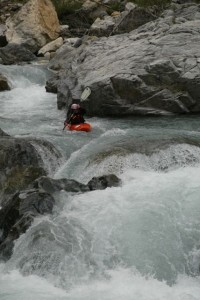
In ferrying angle is THE most important piece. If you set a good angle (45 degree relative to the current) BEFORE you cross the eddyline then you allow the water to carry you over to the other side effortlessly. Setting a good angle for your ferry also requires that you feel what the water is doing to your boat in addition to reading the water with your eyes. My favorite drill to work on this skill is to set your angle and then ferry with your eyes closed. Pick an easy spot to start so that you feel comfortable closing your eyes. Have a friend spot you just in case. I've had several students, both beginners and intermediates who react in shock when they get the angle right because it feels 'so easy!'
So next time you go out focus less on paddling and more on setting your angle. You'll notice more precision and less energy wasted. Have fun out there and always be thinking of your angle before speed!

